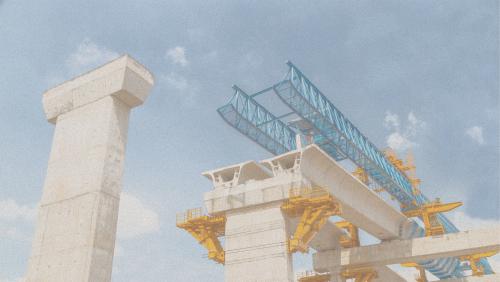It is shocking when a jumbo jet loaded with hundreds of people disappears from the sky. The case of Malaysia Airlines Flight 370 has galvanized bystanders around the world due to its apparent vanishing act. Was it an act of murder by the pilot or co-pilot? Did a hijacker overpower the crew? Was there some mysterious mechanical act that led to the plane’s sharp turn and disappearance?
Why just a Black Box?
In a world of instantaneous communications and geo-positioning systems, it is astonishing that something like this could happen without leaving clear digital fingerprints. Both businesses and governments pride themselves on deploying the latest in tracking technology. Officials are used to being able to recreate modern life through electronic communications, satellite technology, and tracking devices. Unless officials recover physical debris and the plane’s black box containing the flight recorder for this trip, though, we may never know what happened in the final hours of the flight.
But it doesn’t have to be that way. Airlines are using outmoded technology that physically stores information about location, speed, and mechanical operations on the flight recorder hard drive. In case of trouble or disaster, investigators must find the plane to reconstruct the flight proceedings. That is akin to saying that one can only see digital information if in possession of the desktop computer.
Planes Should Stream Data to the Digital Cloud
There is an alternative. Many public and private sectors today are using cloud computing to store data in real time. This allows people on the other side of the plant to track what is happening and analyze problems. In the case of catastrophic failure, the data are not lost. Rather officials could use files stored in the cloud to determine what happened and how to avoid future problems.
On their transatlantic and transpacific flights, it is time for airlines to take advantage of the cloud. Airlines should outfit planes to automatically transmit information on flight location, speed, and operations to file servers on land through tamper-proof mechanisms. Aviation authorities can use this information to monitor flight conditions and in the case of problems, recreate the flight situation that led to air crashes.
This would prevent any future situations like Flight 370 from harming passengers and traumatizing the entire world. There is no need to ever have an Amelia Earhart kind of problem where an airplane vanishes and the world is left to wonder what happened. Technology exists to track planes and it is crucial for airlines to bring their information systems into the 21st century.



Commentary
Time to Bring Cloud Computing to Aviation Safety
April 4, 2014